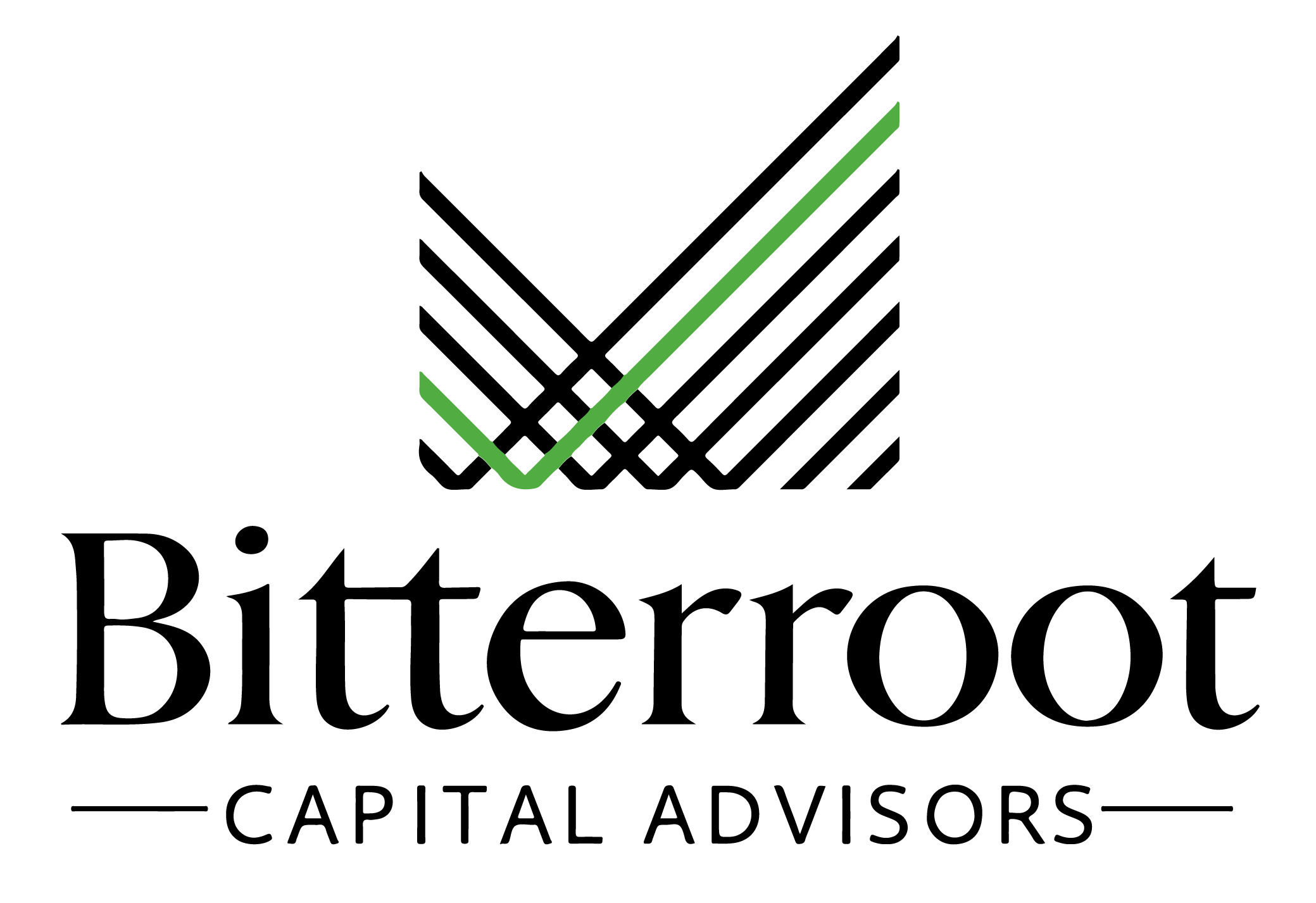The HFRX Hedge Fund Index was flat during Q1 2023.
Convertible arbitrage and credit strategies performed best in Q1 (+3.1% and +1.7%) while global macro / trend following strategies performed worst (-2.5%).
Private real estate operating fundamentals are mixed in terms of operating fundamentals and transaction prices.
On a YOY basis., multi-family new lease rents are still higher than in-place rents by mid-single digits. However, new lease rents have started to decline on a sequential basis. As such, YOY rental growth should slow to the low-to-mid-SD range for 2023. Industrial properties are still experiencing 20%+ rental growth increases for new leases. However, industrial lease terms are longer at 4-5 years and provide multi-year visibility of mid-SD rental growth for industrial portfolios.
Cap-rates have risen, given the sharp increase in debt funding costs
In many cases, debt dilutes equity returns as the cost of funding is higher than the cap-rate.
Pricing was negative for the first time in several years with the NCREIF index down 3.5% in Q4 2022 (latest data available)
Sales volumes are down materially as cap rates rose and property valuations declined. The bid / ask spread remains high.
Refinancing risk is an area to closely monitor as substantial commercial real estate debt matures over the next few years.
The office sector and some pockets of retail are clearly under pressure and may see defaults pick up considerably over the next 18 months.
Private equity 2022 performance (on a pooled basis for existing funds) remained relatively resilient and was down mid-SD YTD (through Q3 2022, the latest data available). Preliminary data through Q4 indicates flattish performance vs. Q3.
According to Pitchbook, US buyout deal activity declined 9% for Q1 2023 from Q4 2022 levels in terms of deal count but increased 11% in terms of deal value. Exit activity continued to decline with Q1 2023 exits projected at $56B, down 14% from Q4 2022 and 33% from Q1 2022.
On average, middle market deal valuations have modestly compressed (although sponsors remain willing to pay higher multiples for high-quality, recession-resistant businesses).
Leverage levels on deals have reduced by 1.0x-1.5x turns thus far and, on occasion, sponsors are completing deals on an all-equity basis.
US PE dry powder remains robust at $1 trillion which should support deal valuations.
Fundraising in 2023 got off to a slow start with $67 billion raised in Q1, well off the $360 billion+ annual levels raised in 2021 and 2022.
Several institutional investors are over-allocated to private investments (denominator effect) as private investments performance were more resilient during 2022 relative to public equities and fixed income.
Existing venture capital funds (pooled returns) have delivered a -15% YTD decline through Q3 2022 (latest date available). Venture capital deal activity declined significantly in Q4 2022 with exit activity plunging.
Thus far, valuation declines have been limited to public positions mark-to-market and write downs of later stage assets. Valuations for earlier stage (Seed through Series B) have remained relatively flat as most of these companies are well funded, still growing robustly, and are able to utilize last funding round valuations.
2022 Q4 deal value declined 36% YOY to $36 billion while exit activity in Q4 plunged 97% YOY to $5 billion.

